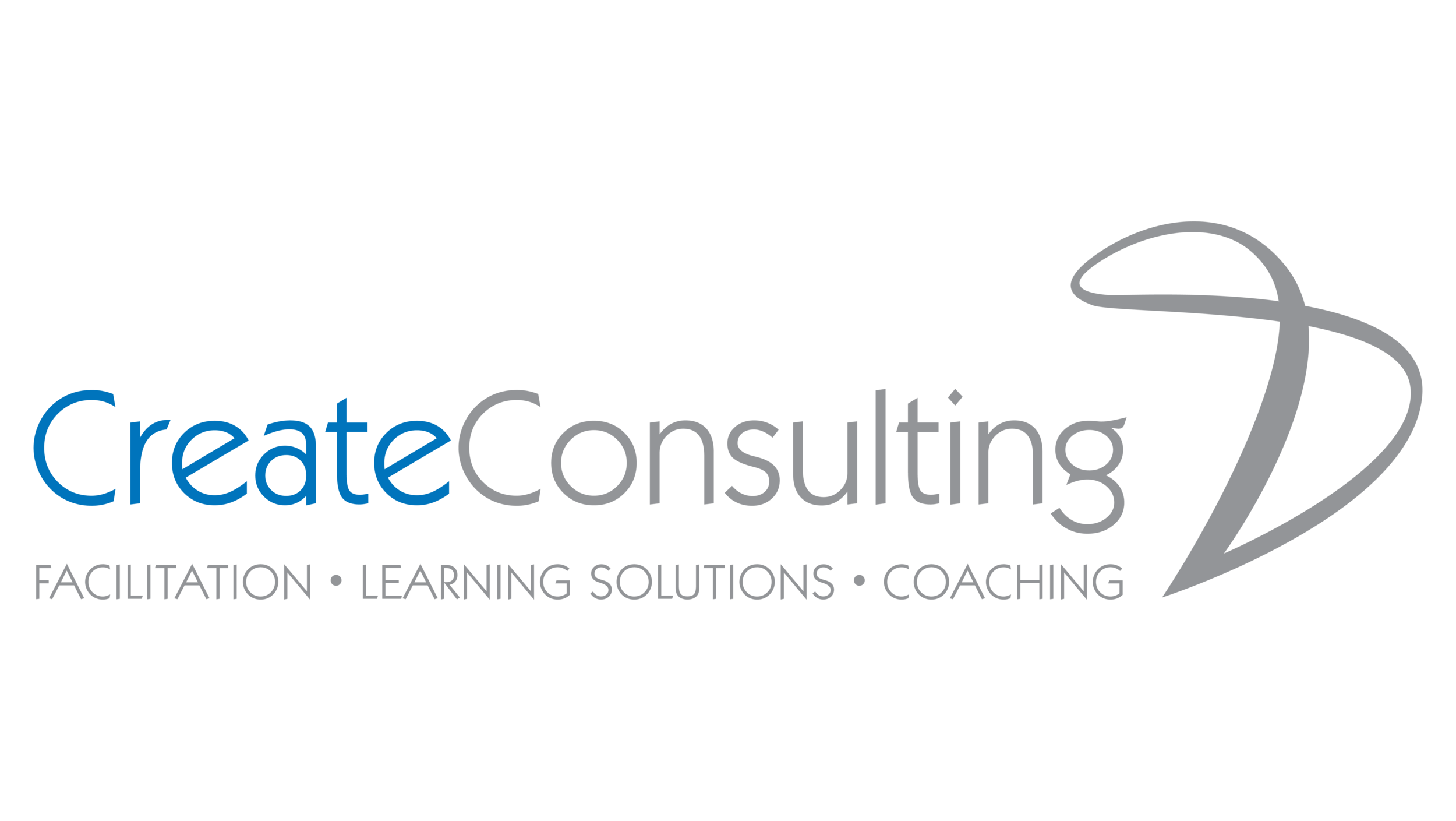Stretch Thinking Partnerships
Learn how to stretch into the different quadrants of your Whole Brain.
Are you interested in unlocking the power of thinking agility in your team or organisation?
One less discussed facet of diversity is cognitive diversity. Each of us thinks differently, but nature and nurture creates biases for a preferred style of thinking.
We describe differences in how we think using the Whole Brain® Thinking model. It can be used to measure the diversity of thought that exists within ourselves, or across a team or organisation. Acknowledging these differences and focusing on a non-judgmental appreciation of them, plays an important role in the establishment of psychological safety and trust.
Embracing cognitive agility and the power of stretch
The goal of the Stretching Partner Program is to pair team members with those who think differently - harnessing their cognitive diversity as a pair - to deepen understanding and improve cognitive agility (stretching).
Who is it aimed at?
The program is adaptable for everyone from an entire organisation to a specific team or subset of members.
How is it implemented?
It consists of monthly dialogues between stretching partners. These sessions are set up by the partners and each dialogue is designed to take an hour.
Why would you implement it?
To celebrate the differences in thinking, appreciate those who think differently to us, increase cross team collaboration and use these relationships to practise building our stretching muscles.
We have implemented Stretching Thinking Partnership Programmes across a number of organisations with great success. These programmes pair team members with diverse thinking styles, enhancing understanding and boosting cognitive agility (stretching).
Llewellyn Brooks, CEO at GWK had this to say:
“I find the process very stimulating and can attest to the improvement in my thinking. I implemented a number of changes in my engagement with team members, simply because I understand them better.”
Adel Kriel, Marketing Head at @Hollard Insure, also found immense value in the programme:
“It’s encouraging to talk to a colleague who listens and can provide insights. Sometimes we had the same challenges and could resolve them together with was an awesome learning. For me, it’s crucial to understand the thinking style of each colleague. I’m better equipped to address challenges and tap into their thinking preference to help me problem-solve.”
Imagine the possibilities when your team is equipped with the tools to understand and stretch into their own thinking preferences?
Connect with us today, to find out more.

